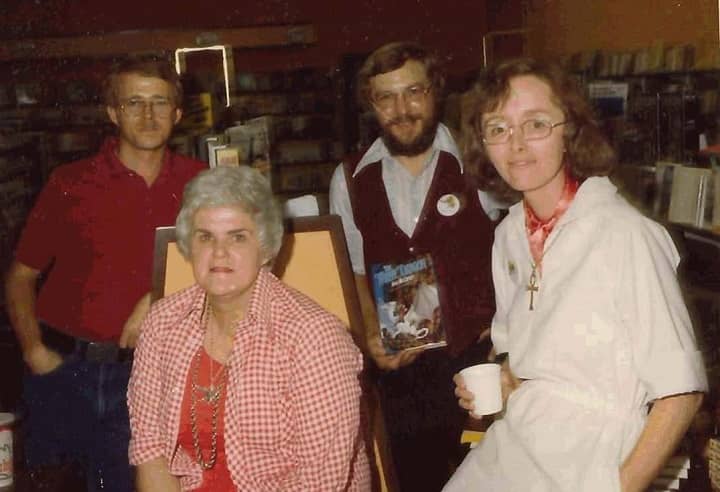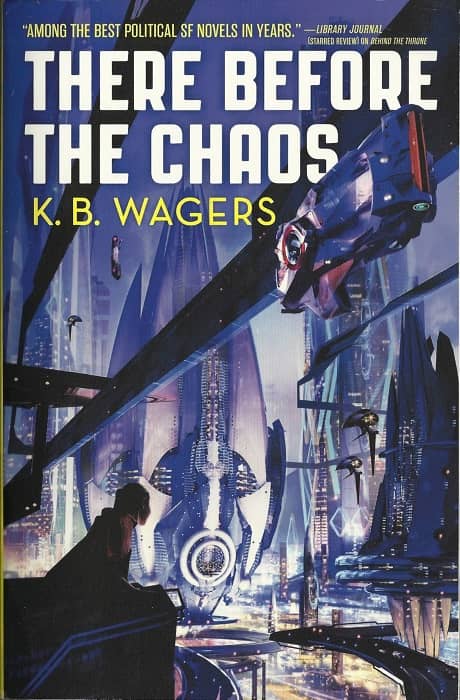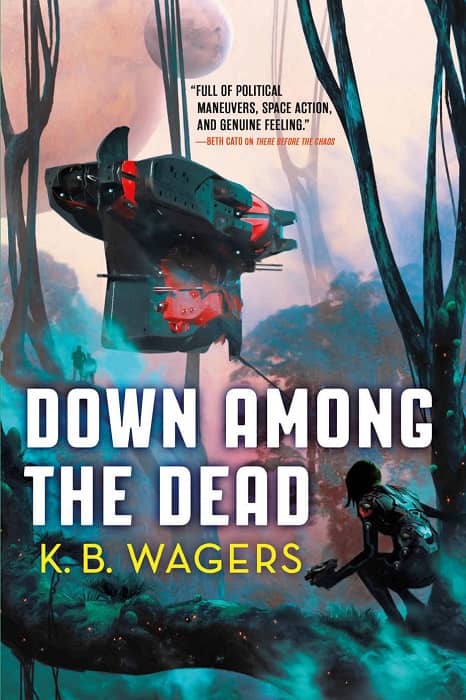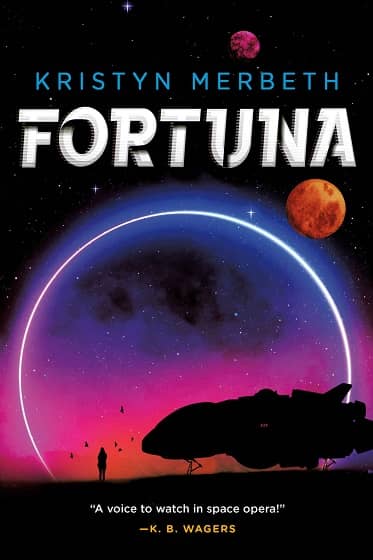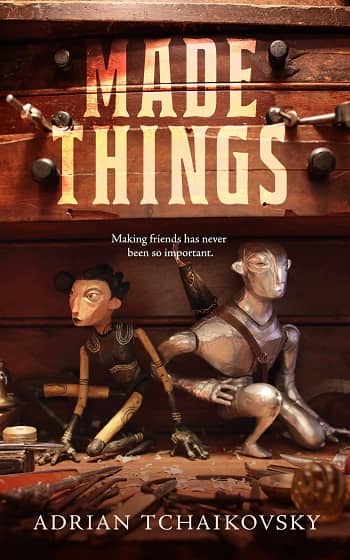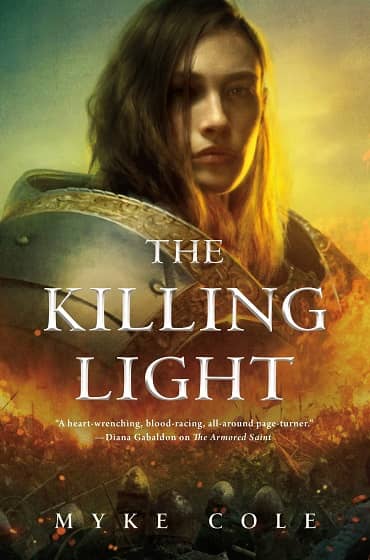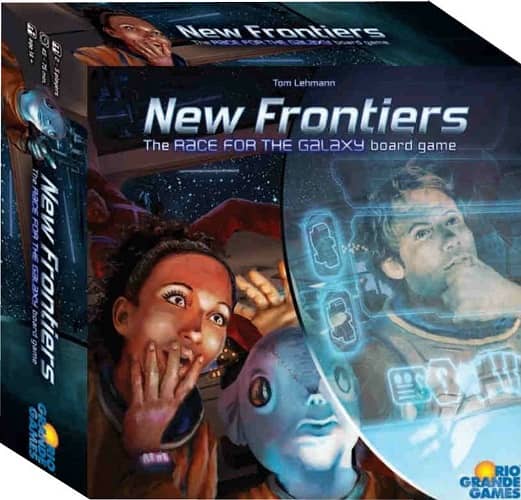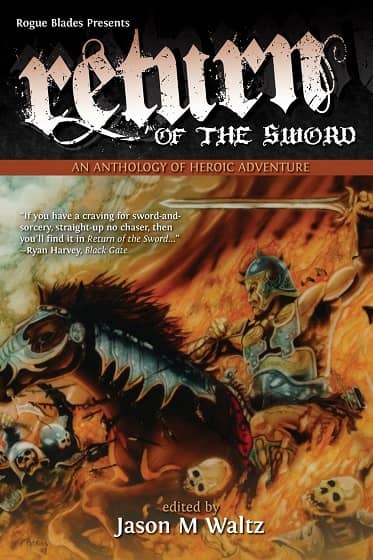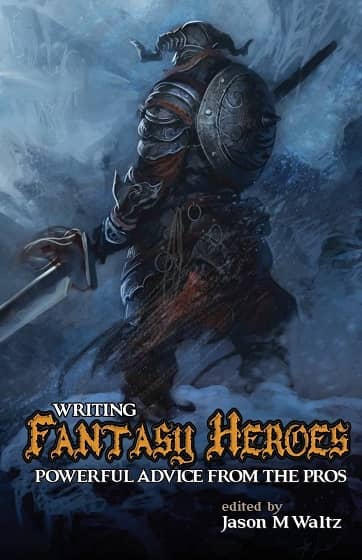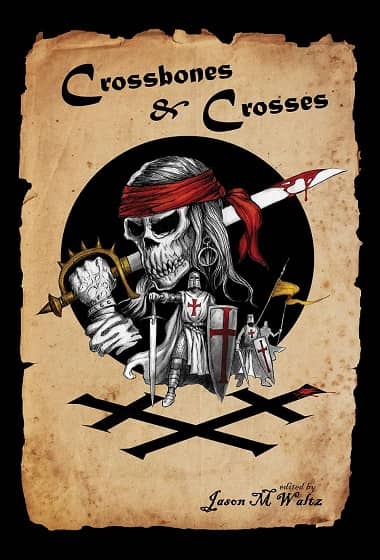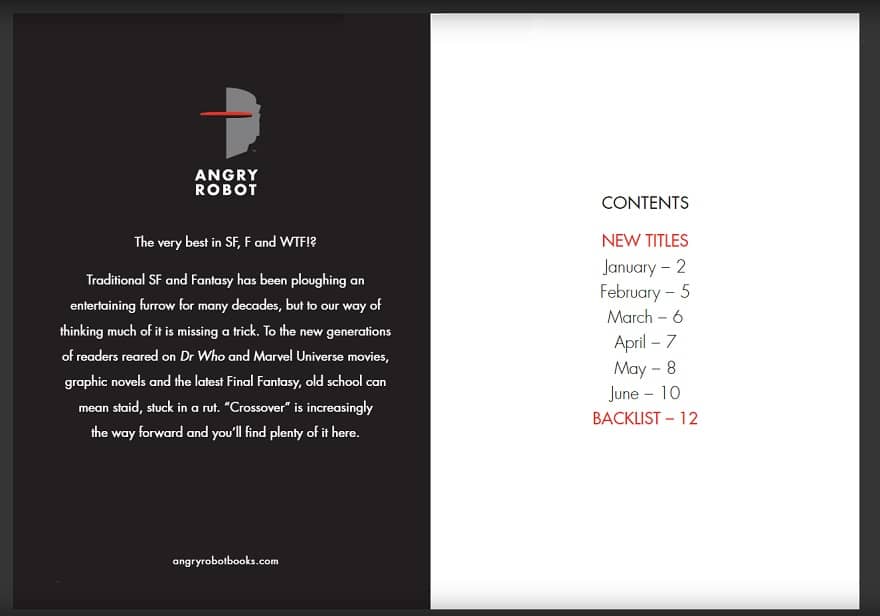
You’re the second guy I’ve met within hours who seems to think a gat in the hand means a world by the tail.” – Phillip Marlowe in Raymond Chandler’s The Big Sleep
(Gat — Prohibition Era term for a gun. Shortened version of Gatling Gun)
Fans of my writings here at Black Gate (both of you!) know that John D. MacDonald is my favorite author. And I think he’s one of the best in any genre. So today, I’m going to talk a bit about two times that Mickey Spillane, millions-selling author of Mike Hammer, entered into the JDM story.
THE ENDORSEMENT
Especially before the success of his Travis McGee series, MacDonald was “looked down at” during his time because his books were paperback originals. It was rare that he received reviews or high-profile comments. His work sold, but critics ignored it, or dismissed it with a sneer.
Many of his books were published by Fawcett, part of the (still-collectible) Gold Medal paperback line. His first novel, The Brass Cupcake (more on that below) came out in 1950. It was followed in 1951 by Murder for the Bride, Judge Me Not (Hammett-esque and one of my favorites), Weep For Me, and the science fiction novel, Wine of the Dreamers. Which leads us to 1952’s The Damned.
Ralph Daigh, editorial director at Fawcett, let Mickey Spillane read a set of galleys for The Damned. After I, The Jury, in 1947, every other crime writer out there wished he had Spillane’s sales. When the writer came back in to Daigh’s office and returned them, he said, “That’s a good book. I wish I had written it.”
Daigh was a good book man and he wrote it out on a piece of paper and asked Spillane to sign it, which the latter did. And that endorsement was prominently displayed on the cover of the book when it came out. Spillane’s agent, editor, lawyer (possibly even his pool guy) contacted Gold Medal and said that Spillane didn’t endorse books, and they had to take that quote off of the cover
Unintimidated, Daigh told them all that he had Spillane’s signature, dated, to back it up. They went away. MacDonald remained a fan of Spillane’s.
The book sold two million copies and MacDonald was continuing to hone his novel-writing ability and increasing his sales. The Damned is as packed full of tension (leading to an explosion) as any book I can remember reading.
…
Read More Read More
